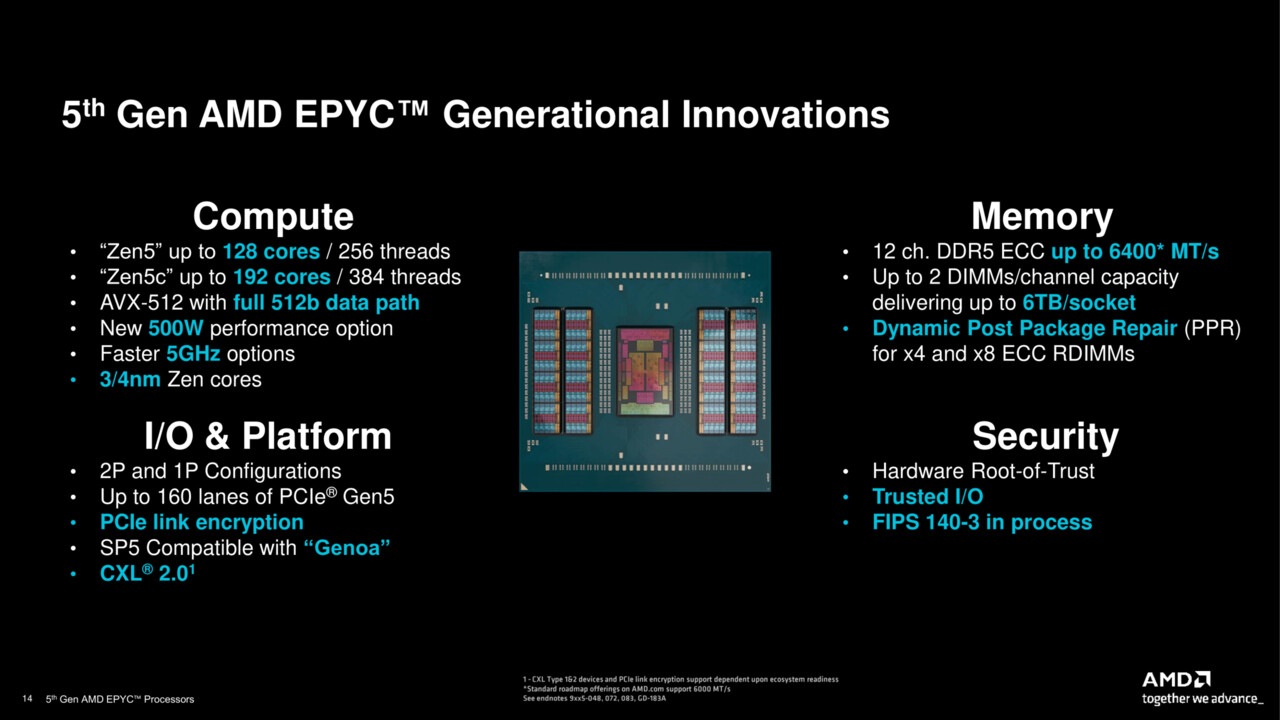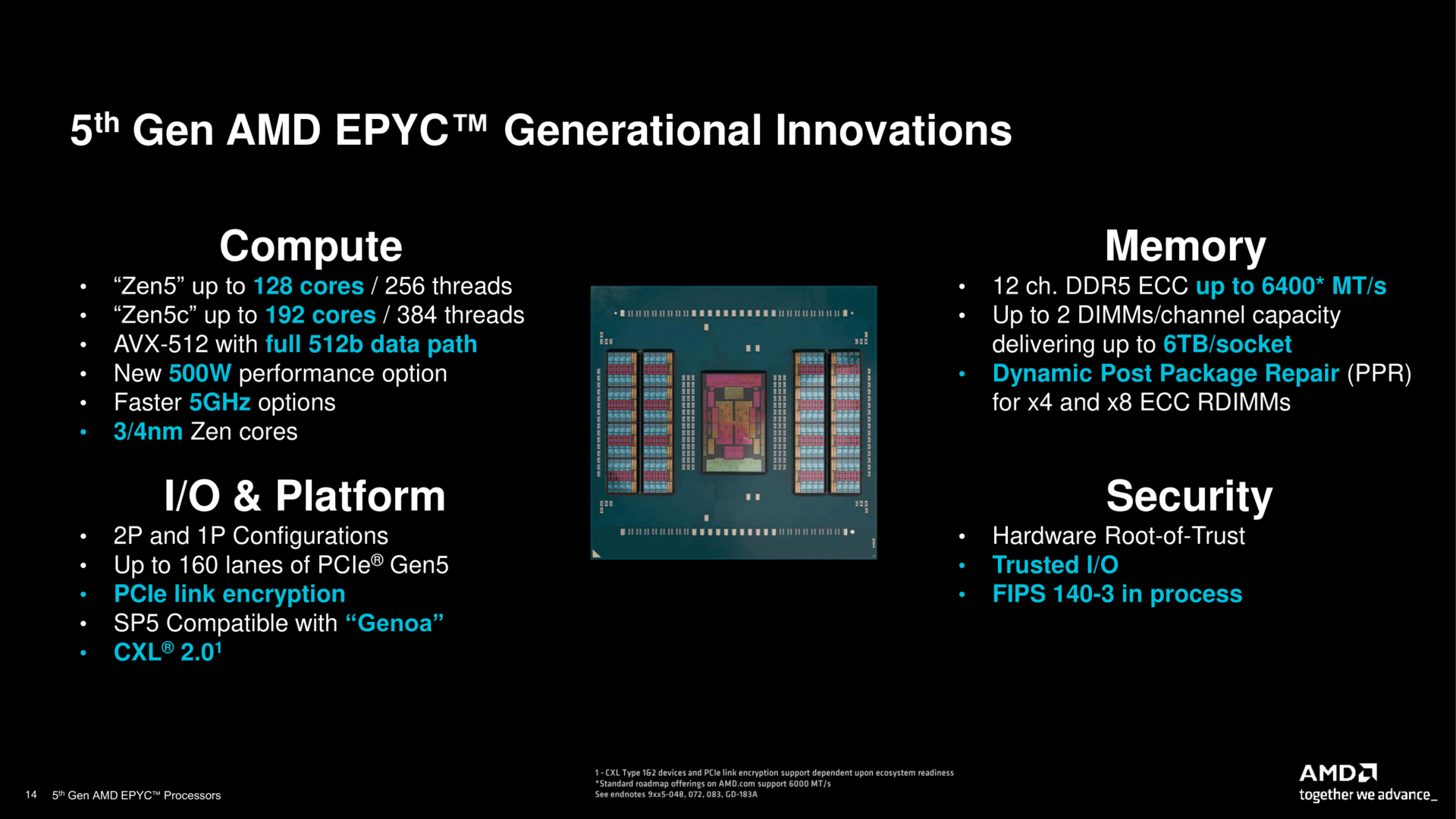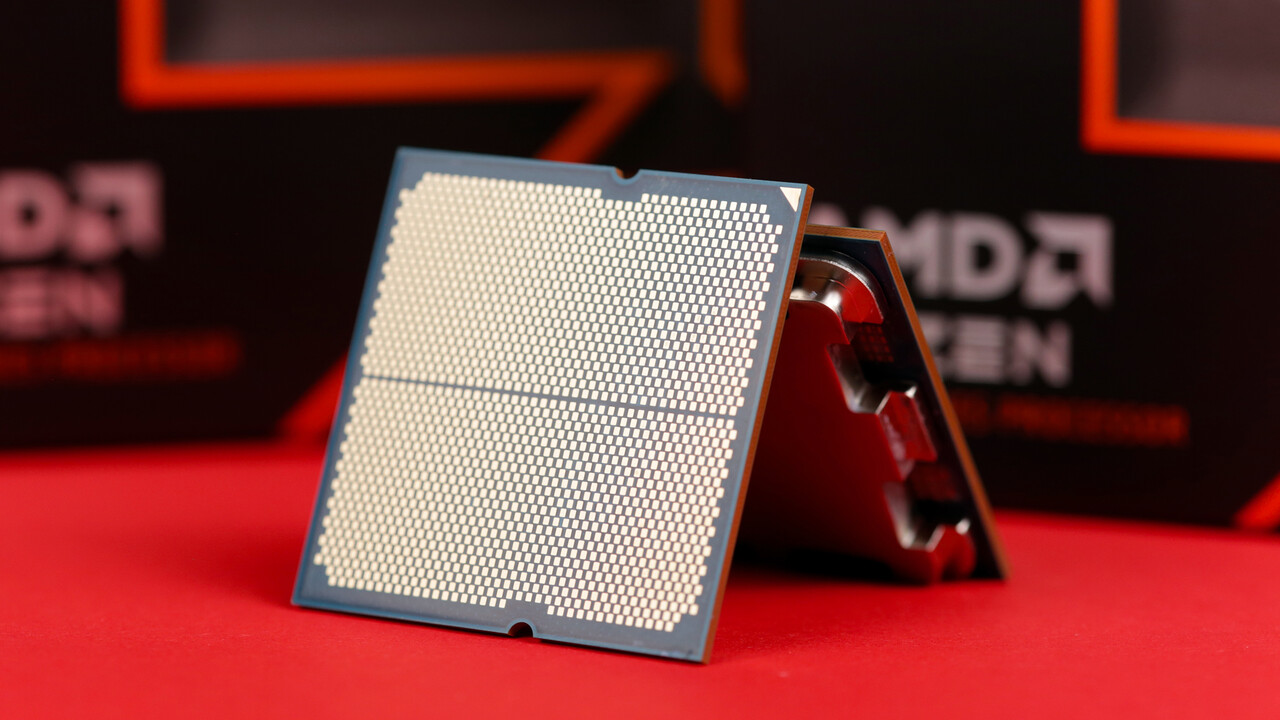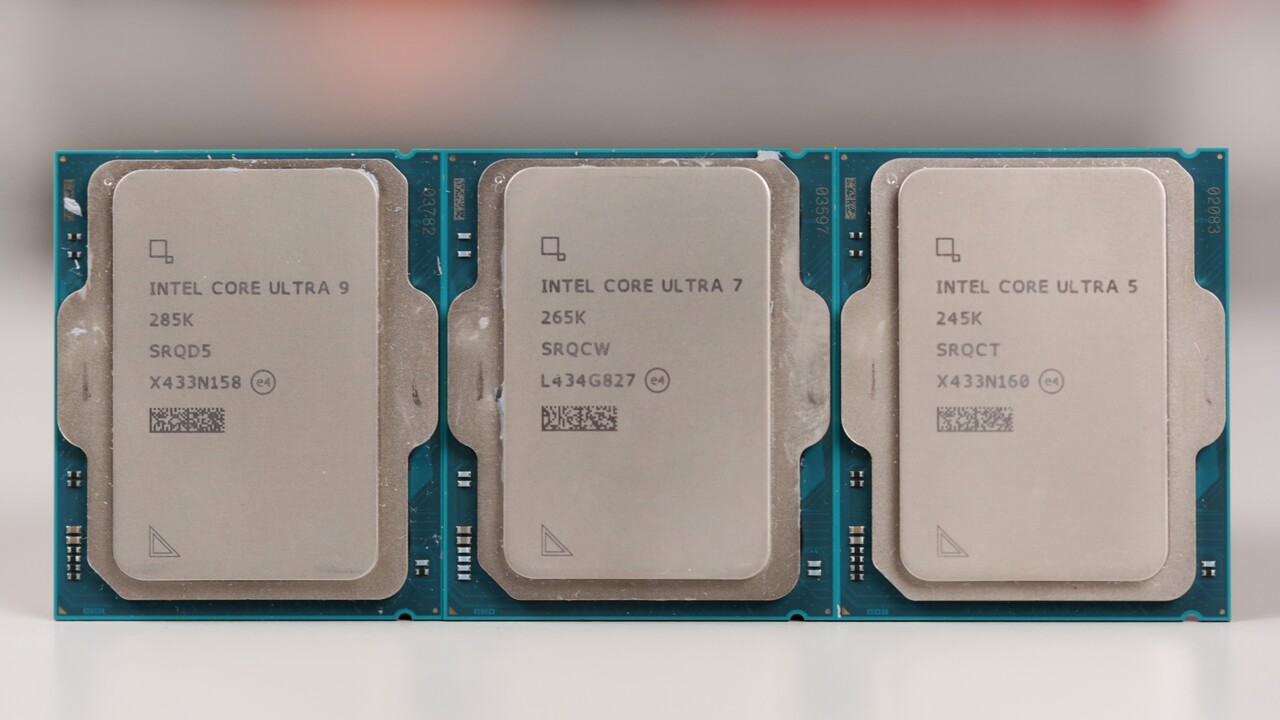Rumors of the process

Image: AMD
AMD’s processors have been trusting CPU deaths for years, which together with an I/O-Die, a complete package. Iodine is to be modified in the future, which should be an opportunity for Samsung to play here, probably split with TSMC, as a chip supplier.
A 4nm chip is expected to replace 6nm solutions
4nm production must be used if the next EPYC Server processors begin. Iodine is still based on TSMC’s old N6 production, which has been the case for several years. This is a very practical solution, which is aging in some regions, among other things in the relatively high energy consumption. However, AMD reverses this via the rather budget-friendly CPU dies, as some of them are already based on N3 production. It must be assumed that iodine rises a level at some point.
The main talk for a possible Samsung process of IODs for EPYC processors, not the rather small solutions, for example in the office. In the server, these are large chips that sit in the middle of the processor and attach the cores scattered all around in the processor dies. In Iodine, communication with the outside world originates, whether more than 160 PCIe lanes or twelve storage channels, but also everything in between.
 Presentation AMD EPYC 9005 (BILD: AMD)
Presentation AMD EPYC 9005 (BILD: AMD)
According to South Korea, Samsung has already manufactured prototypes. However, it is unclear whether there is a mass production order. Series production could begin in the second half of 2025 at the earliest, it continues, which would then be used in EPYC 9006 next year.
Doubts about Samsung’s production quality
After massive doubts about Samsung’s manufacturing in recent years, there is therefore quickly a potential contradiction with this idea, although 4nm works at Samsung. In order to move AMD towards a change from TSMC to Samsung itself with only part of the production, there were already extremely decisive reasons. This would probably not be done with some cost advantage, combined with a capacity issue. At TSMC, a lot of chips are currently moving on the assembly line in N4 and derivatives, everything that has not yet been evaluated in N3 is sitting in the league – all graphics chips such as Blackwell and RDNA 4 / cDNA.
Another option is the production of another chip, although 4nm production is actually too progressive and expensive for that: the chipset. AMD chipsets are currently all based on the Promontory 21, a 19mm × 19mm pack with a TDP of 7 watts the Asmedia. The scope for big optimizations and benefits is far too small here, which is why the chipsets are even based on 40nm production. It should be only partially unrealistic to change in the 4nm direction.
Topics: processors AMD Semiconductor Industry Samsung Economy Source: The Bell

Marc deciphers processors by testing their performance for gaming, content creation, and artificial intelligence.


